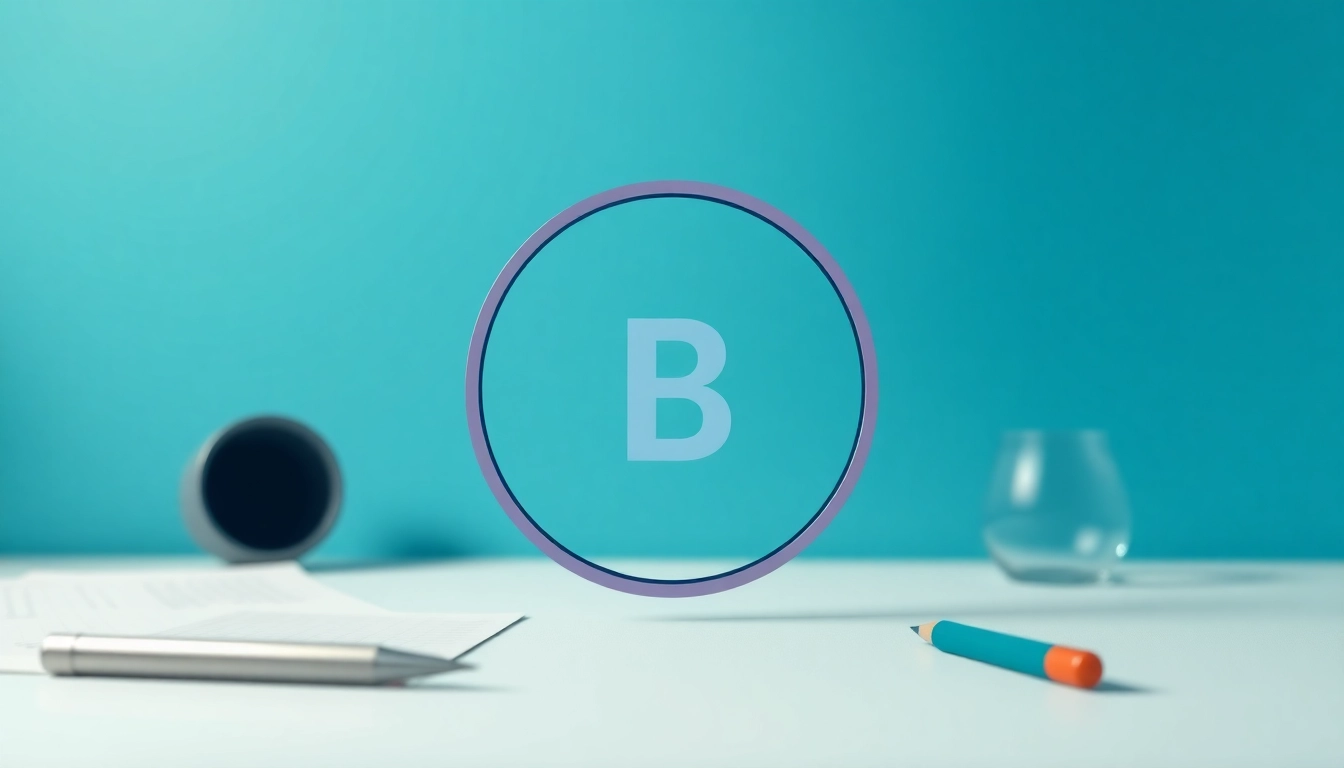1. What is a Trademark Logo?
1.1 Definition and Importance
In the realm of branding and intellectual property, a trademark logo is a symbol or design that represents a company’s brand, products, or services. It differentiates a company’s offerings from those of competitors, serving as a crucial element in building brand identity and recognition. Trademark logos are often accompanied by the trademark symbol ™, indicating that the logo is a trademark that is claimed but not necessarily registered with a governmental authority.
The importance of a trademark logo cannot be overstated. It acts as a visual shorthand for customers, encapsulating the essence of a brand and evoking emotions or memories associated with it. This significantly influences customer loyalty and purchasing decisions, making the logo a vital asset for any business.
1.2 Differences Between Trademark and Registered Logos
Understanding the difference between a trademark and a registered logo is essential for businesses. A trademark symbol (™) indicates that the owner claims exclusive rights to that mark, regardless of whether it is registered with a governmental body. A registered trademark symbol (®), on the other hand, signifies that the mark has been officially registered with the relevant patent and trademark office, providing additional legal protections.
While both trademarks and registered logos serve to protect brand identity, the latter offers stronger legal backing in cases of infringement. Registration facilitates legal recourse, including the ability to sue for damages, whereas unregistered trademarks may face challenges in enforcement, especially if another entity asserts a conflicting claim.
1.3 Legal Implications of Using a Trademark Logo
Using a trademark logo comes with legal responsibilities and implications. It is vital for businesses to ensure that their logo does not infringe upon existing trademarks, which could lead to legal disputes. The consequence of using a logo that resembles another company’s trademark could result in injunctions, monetary damages, and even destruction of infringing materials.
Moreover, once a mark is registered, the owner must actively use it in commerce to maintain their rights, as failure to do so can lead to cancellation of the trademark. Thus, businesses must not only design and use their logos effectively but also engage in regular monitoring and enforcement of their trademark rights.
2. How to Create a Trademark Logo
2.1 Design Elements to Consider
The creation of a trademark logo involves several key design elements that collectively evoke the desired perception of the brand. These elements include:
- Color: Different colors evoke different emotions. For instance, blue often conveys trust and professionalism, while red can evoke excitement and passion. Consider the psychological impact of color when designing a logo.
- Typography: The choice of fonts can significantly influence how the brand is perceived. A script font might convey elegance, whereas a bold sans-serif font might suggest modernity.
- Imagery: Symbolism plays a critical role in logo design. The imagery used in a logo should resonate with the brand’s core values and mission. For example, a leaf might be chosen for an eco-friendly brand.
- Simplicity: The most memorable logos are often the simplest. A cluttered design can confuse potential customers and dilute brand identity.
2.2 Common Mistakes in Logo Design
When creating a trademark logo, it’s easy to make common mistakes that could undermine its effectiveness:
- Ignoring Audience Feedback: Skipping validation from potential consumers can lead to designs that don’t resonate. It’s essential to test logos with target demographics.
- Overcomplication: Complex logos can be difficult to reproduce. A simple design is often more effective and adaptable for various applications, from business cards to billboards.
- Trendy Elements: Relying heavily on trends can date a logo quickly. Aim for a timeless design that will remain relevant over the years.
- Lack of Versatility: A logo should be effective in various sizes and contexts. Ensure it looks good in black and white as well as color.
2.3 Tools for Logo Creation
With technology democratizing design, there are numerous tools available for businesses to create their trademark logos:
- Adobe Illustrator: A professional graphic design tool that offers extensive features for custom logo design.
- Canva: An accessible online tool for non-designers that provides templates and design elements to build logos easily.
- Looka: An AI-driven logo creator that generates logo designs based on user input regarding preferences and style.
- Hatchful by Shopify: A free tool that helps users create professional logos by selecting their industry and style preferences.
3. The Process of Registering Your Trademark Logo
3.1 Step-by-Step Guide to Trademark Registration
The registration of a trademark logo is a critical step in legal protection for businesses. The process typically includes:
- Conducting a Trademark Search: Before applying, it’s important to conduct a search to ensure that no identical or confusingly similar marks are already in use.
- Preparing Your Application: This will include details about the logo, the goods/services it represents, and the applicable classification. It’s essential to be thorough and accurate.
- Filing with the Appropriate Authority: In the U.S., this would be with the United States Patent and Trademark Office (USPTO), through their online filing system.
- Responding to Office Actions: If the USPTO raises any issues with your application, timely responses are critical to moving forward.
- Publication and Opposition Period: Once approved, your trademark will be published for opposition, allowing others the opportunity to object.
- Final Registration: If no objections are raised and all conditions are met, the trademark is officially registered.
3.2 Costs Involved in Trademark Registration
Understanding the costs associated with trademark registration is essential for budgeting. The primary expenses include:
- Application Fees: These vary depending on the number of classes of goods/services and the filing method; it can range from $250 to $750 per class.
- Additional Fees: Costs for responding to office actions, renewing registrations, or hiring legal assistance can add to initial expenses.
- Legal Consultation: While not necessary, many choose to hire a trademark attorney to assist in the process, which can increase costs.
3.3 Timelines for Trademark Approval
The time it takes to register a trademark varies based on various factors, including the complexity of the application and any oppositions. Generally, the process can take anywhere from six months to a year or longer. Applicants should anticipate possible delays due to the potential for office actions or disputes over trademark rights.
Early planning and thorough preparation can expedite the process significantly, reducing the chances of complications that may prolong approval times.
4. Benefits of Using a Trademark Logo
4.1 Brand Recognition and Loyalty
A well-designed trademark logo fosters brand recognition, making it easier for consumers to identify the company’s products or services at a glance. This recognition contributes significantly to customer loyalty, as a familiarity with a brand can lead to trust and repeated purchases. Logos often become synonymous with a company’s reputation, playing a critical role in building a loyal customer base.
4.2 Legal Protection Against Infringement
One of the primary benefits of registering a trademark logo is the legal protection it offers against infringement. With a registered trademark, a business can take legal action against others who use a similar logo or brand name without permission. This protective measure is essential in today’s competitive market, where brand identity can easily be mimicked.
Additionally, registered trademarks serve as a public notice of ownership, discouraging potential infringement and enhancing a trademark’s value in case of a sale or licensing opportunity.
4.3 Enhancing Business Credibility
A trademark logo adds credibility to a business, signaling professionalism and a commitment to quality. Customers often perceive registered trademarks as more trustworthy, increasing their likelihood of choosing the brand over competitors. Furthermore, having a recognized trademark can attract business partnerships and opportunities, further enhancing the company’s market position.
5. Best Practices for Maintaining Your Trademark Logo
5.1 Regular Monitoring for Infringement
Once a trademark logo is registered, it is vital to monitor its usage actively. Businesses should routinely search for similar marks in commerce, as early detection of infringement can facilitate timely legal action. Various online tools and services are available to assist in monitoring trademark use, aiding companies in safeguarding their intellectual property.
5.2 Updating Your Logo Over Time
While consistency is essential, businesses should also consider updating their logo periodically to reflect changing market trends, company evolution, or shifts in consumer preferences. The key is to strike a balance between maintaining brand recognition and modernizing the logo to keep it relevant.
Any updates should be communicated clearly to consumers to ensure that brand equity is not lost in the transition.
5.3 Renewing Your Trademark Registration
Trademark registrations are not indefinite. Depending on the jurisdiction, renewals are typically required every 10 years in the United States. Businesses must keep track of renewal dates and ensure all necessary filings and fees are submitted to maintain their trademark protections.
Proactive management of trademark registrations is crucial to ensuring ongoing legal protection and the sustained value of a brand’s intellectual property.



